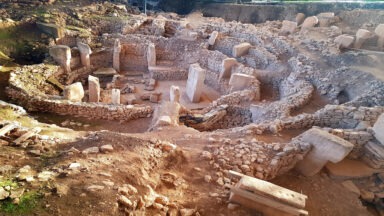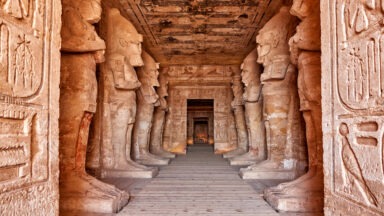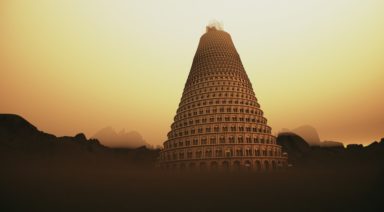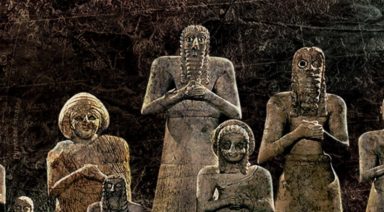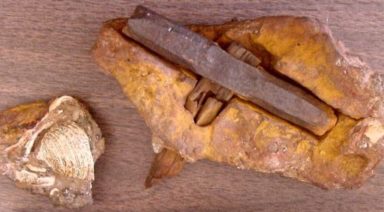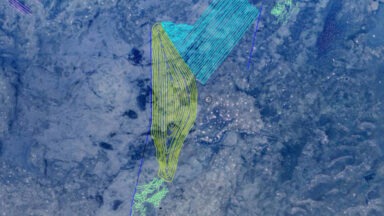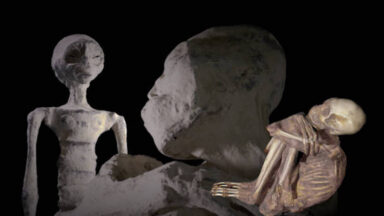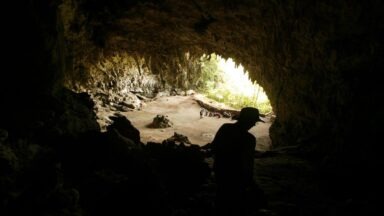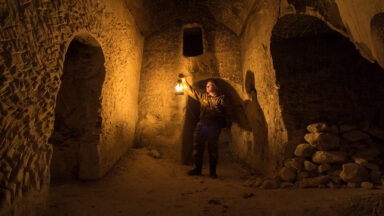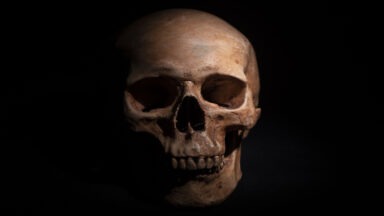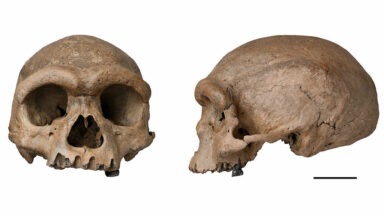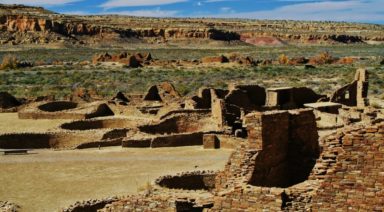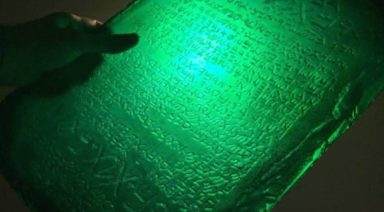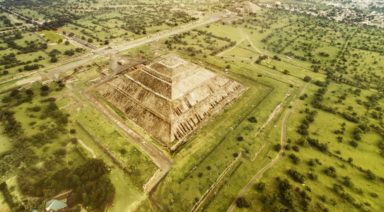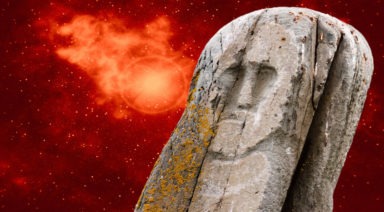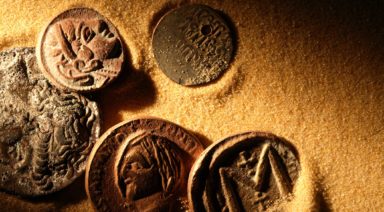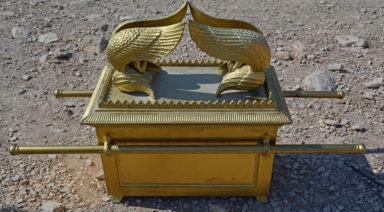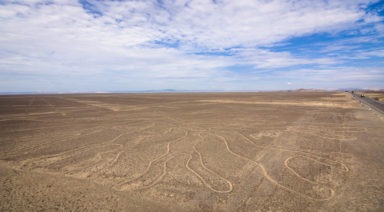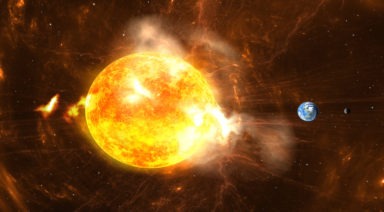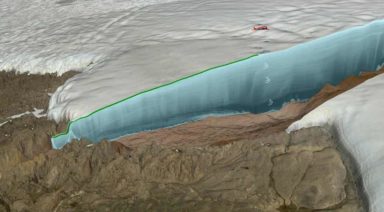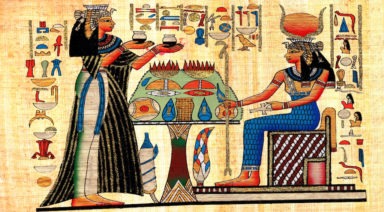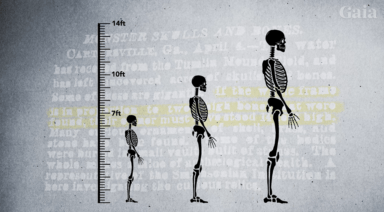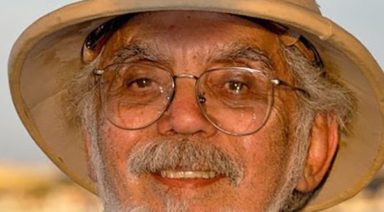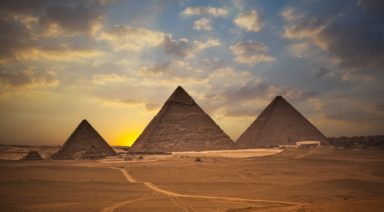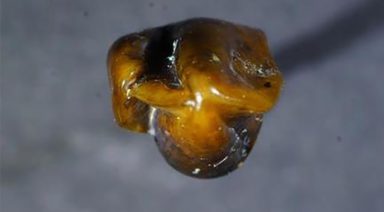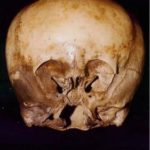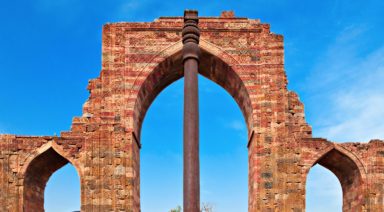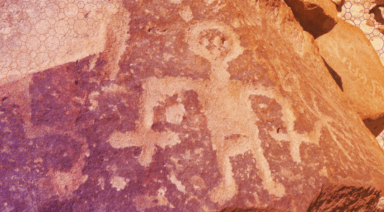Were the Mayans Visited By Ancient Alien Gods?

The ancient Mayan civilization of Central America has astounded archeologists and researchers for decades and it seems that more and more puzzling discoveries related to this ancient culture continue to be made. These were people who were obsessed with astronomy, boasting a highly advanced calendar that is still accurate to this day. But were the Mayans gods who imbued the ancient civilization with their advanced knowledge actually ancient alien gods?
Were the Ancient Gods Aliens?
There were a couple of names for a feathered serpent-like god in the Mayan pantheon who descended from the heavens and taught these ancient people about astronomy, architecture, and construction, among other things. Known as Quetzalcoatl in the Nahuatl language, or Kukulkan in Mayan, this entity was highly revered and, upon his departure, told the Mayans that he would one day return to Earth. This date was calculated as of December 21st, 2012, which caused a lot of excitement and fear leading up to the day that many assumed could be the apocalypse.
While this prophecy apparently failed to come to fruition, Erich von Däniken says he believes that this date was calculated based on our Judeo-Christian calendar, which is somewhat ambiguous in its relation to the birth of Christ. Von Däniken says that there are, more or less, 20 years around the day that we think Christ was born, distorting our prediction of the return of Quetzalcoatl. This means that we still have 15 years to see whether the Mayan prediction will actually come true.
But Von Däniken contests that the return of Quetzalcoatl wouldn’t entail a feathered serpent that descends from the sky, but potentially an extraterrestrial, as seen in the depictions of rulers appearing to pilot machines. There is a recurrent theme of these carvings, with human faces covered by what appear to be helmets with breathing apparatuses in their mouths. Von Däniken says that these devices that covered their mouths were likely filtering air, so as to prevent infection from bacteria or viruses.
In a tomb at Palenque, a carving of the 2nd to the last ruler of the ancient Mayans, Pakal, was found appearing to control an upward-facing machine with flames and smoke shooting out the back. While archeologists have claimed that this carving actually represented the tree of life or a descent into the underworld, two leading Mayan epigraphers have stated that the inscriptions around the tomb detail an ascent into the cosmos.
Inside a sarcophagus, the remains of this ancient ruler were found, though the body was significantly taller than the average height of the ancient Mayans and it appeared to have an unusual bone structure. Pakal was also known to have ruled for 68 years and lived to the age of 80, much longer than the average lifespan for that era.
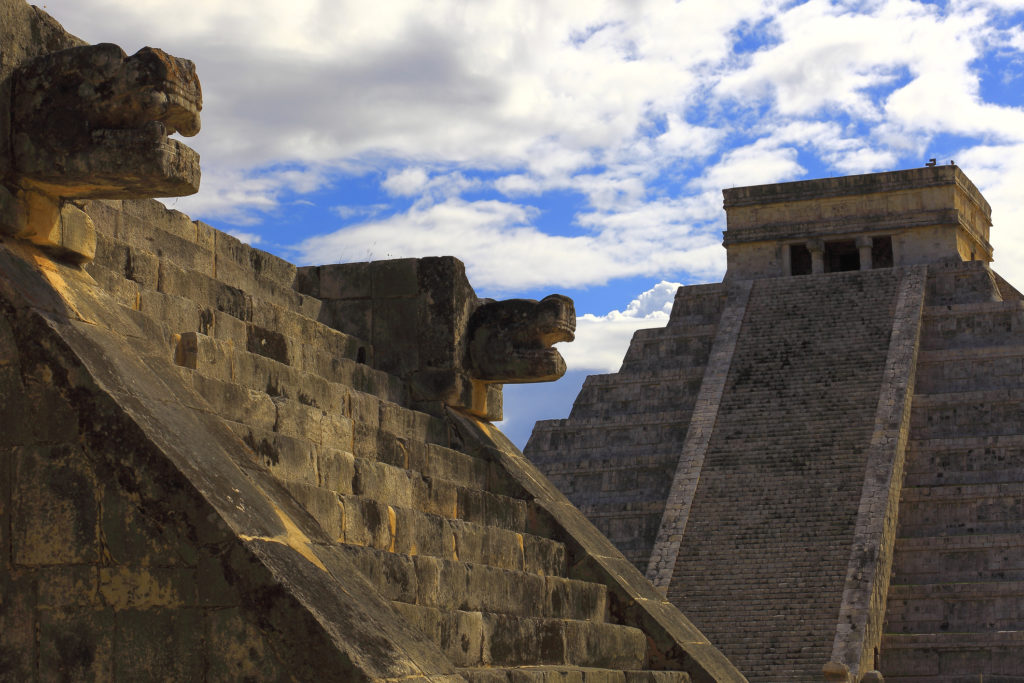
Did the Mayans Have Contact with Aliens?
There continue to be inexplicable discoveries made regarding the ancient Mayans that inspire curiosity and fuel the idea that they may have been visited by ancient alien gods. The pyramids at Tikal are another anomaly that adds to the intrigue, in the sense that they are 40 kilometers from a body of water. Typically, ancient civilizations would build cities on or near a large water source, however, Tikal potentially hosted close to 100,000 citizens without one. The citizens would have gathered water from rainfall and stored it in reservoirs for use, but why would they go out of their way to build a massive city in such an inconvenient location?
Von Däniken points to one of the glyphs on a stepped pyramid where an inscription claims that it was a spot where the ancient gods visited from the heavens. These pyramids were impressively built throughout the Mayan empire, with 60 of them found at Tikal alone. The more well-known Mayan pyramids, including the Temple of Quetzalcoatl, the Temple of the Sun and the Temple of the Moon are found at Teotihuacan. These pyramids align with the three stars in the belt of the constellation Orion, just like the pyramids at Giza.
The pyramids were also built with a layer of Mica, a mineral not found anywhere in Central America. Mica would have had to been imported some 2,000 – 3,000 miles away, from modern-day Brazil, without the luxury of wheels. Mica is highly conductive and is used for capacitors and other electrical means in our modern technology, making its presence all the more intriguing. Did aliens help the Mayans transport this conductive material to the pyramids for electrical purposes?
Another interesting recent discovery below the temples at Teotihuacan was the presence of mercury. While mainstream archeology sees this as an ancient fascination with the shiny, but highly poisonous substance, others think that it may have been used as a fuel source for the ancient alien gods’ technology. Much like mica being a conductive mineral, mercury is also a conductor of electricity. Did the ancient Mayans go to such great lengths to store a lake of toxic mercury under their pyramids just to honor the dead or perform ceremonies? Or were they using it to power mercurially advanced technology?
11 New Hills Discovered at Gobekli Tepe Megalithic Site
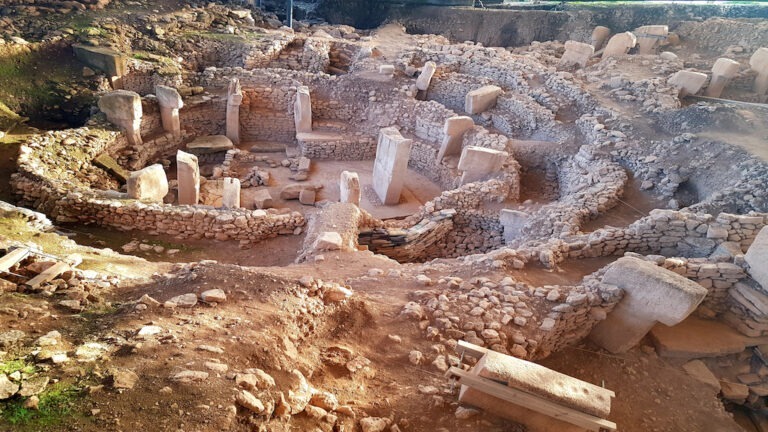
Turkey just made an announcement about a major archeological discovery at Gobekli Tepe. Could this finally shed light on who built the world’s oldest megalithic site, and why?
First unearthed in 1995, the 11,000-year-old excavation site at Gobekli Tepe has yielded the most significant collection of stone pillar monoliths ever discovered. While most archeologists agree that the structure is the world’s oldest temple, they have long-debated the origins and motivations of its builders. The recent findings of 11, possibly 12, new sites around Gobkeli Tepe may provide those answers.
Andrew Collins is an ancient history researcher who has written extensively about the site.
“Gobekli Tepe is in many ways the best evidence that we have of a lost civilization—a pre-Ice Age civilization that existed worldwide and was probably wiped out by very harsh conditions and possibly some kind of comet impact about 13,000 years ago, and that the sole remnants of this went on to create Gobekli Tepe,” Collins said.


